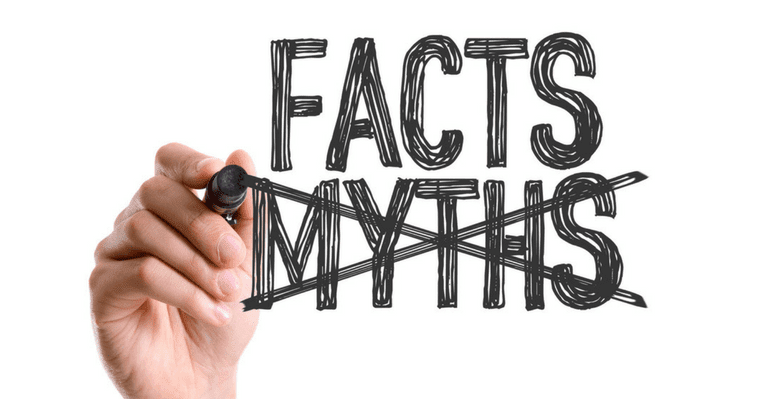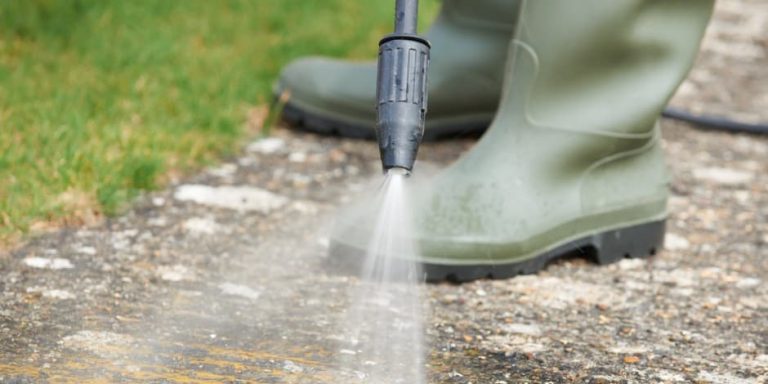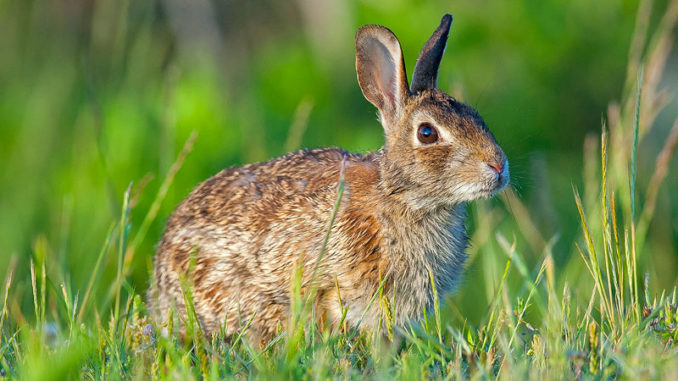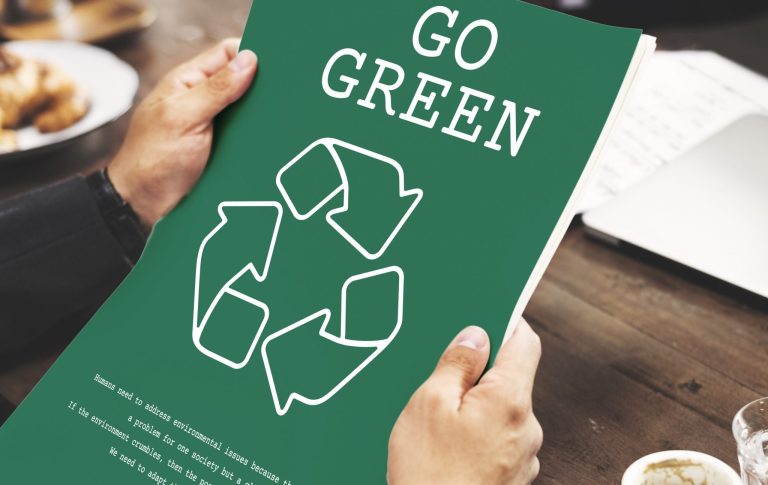
Power washing is a popular cleaning method that homeowners and professionals alike rely on to restore surfaces, remove grime, and keep outdoor areas looking their best. But along with its popularity comes a host of myths—many of which lead to practices that harm the environment more than help your home.
In this article, we’re going to bust some of the most common misconceptions about pressure washing and explain how believing these myths can negatively affect water quality, air quality, wildlife, and overall ecosystem health. Let’s set the record straight. 🚫💧
❌ Myth #1: “It’s Just Water—It Can’t Hurt Anything”
This is by far the most common (and most damaging) misconception. People assume that because power washing mostly uses water, it must be environmentally safe.
The truth: Most pressure washing includes:
- Detergents and chemicals
- Oil, grease, and grime dislodged from surfaces
- Paint chips, heavy metals, and mold spores
All of this ends up in runoff, which often flows untreated into storm drains, rivers, lakes, and oceans—causing pollution and harming aquatic life. Even clean-looking water can be full of invisible contaminants. 🧪🐟
❌ Myth #2: “Eco-Friendly Detergents Don’t Work”
Many believe that only harsh, industrial-strength chemicals can get the job done, especially for stubborn stains or mold. As a result, people avoid greener products under the assumption that they’re ineffective.
The truth: Modern biodegradable, phosphate-free cleaners are designed with powerful plant-based surfactants and enzymes that work just as well, especially for residential applications like:
- Decks
- Siding
- Patios
- Vehicles
- Roofs
They break down quickly in the environment and don’t leave toxic residues behind. Many even carry certifications like EPA Safer Choice or Green Seal to prove their effectiveness and safety. ✅🌿
Browse Amazon Here For Biodegradable Pressure Washing Detergents
❌ Myth #3: “If It’s Going Down the Drain, It’s Getting Treated”
Some assume that all outdoor runoff is filtered through the same treatment facilities that clean household wastewater.
The truth: In most cities, storm drains connect directly to local waterways—not treatment plants. That means any oil, paint, detergent, or toxic debris that enters those drains goes straight into the environment, untreated.
Runoff from power washing is a major contributor to:
- Algae blooms
- Eutrophication
- Fish kills
- Contaminated recreational waters
It’s essential to contain, redirect, or reclaim wastewater whenever possible. 🏞️🚫
❌ Myth #4: “Bleach Is Fine in Small Amounts”
Using a splash of bleach for moldy siding or roof stains might seem like no big deal, especially if diluted.
The truth: Even small amounts of sodium hypochlorite (the main ingredient in bleach) can:
- Kill aquatic organisms
- Destroy beneficial soil microbes
- Release toxic fumes
- Harm pets and plants
Bleach doesn’t neutralize after washing—it continues to affect the environment as it moves through soil and water systems. Safe alternatives like oxygen bleach or enzyme-based cleaners are far less harmful. 🧼🐾
❌ Myth #5: “The Stronger the PSI, the Better the Clean”
Some believe that blasting away dirt with the highest PSI (pounds per square inch) possible is the most effective way to power wash.
The truth: Higher PSI doesn’t just waste water—it can:
- Damage surfaces (wood, siding, concrete)
- Kick up pollutants into the air
- Increase spray-back and runoff
- Lead to injury
Eco-conscious cleaning focuses on smart pressure, not high pressure—using technique, temperature, and the right cleaning solutions to reduce the environmental impact. ⚙️🌧️
❌ Myth #6: “It’s Okay to Power Wash Near Plants and Gardens”
People often think that because they’re only cleaning patios or fences, there’s no risk to nearby greenery.
The truth: Many power washing agents can:
- Burn plant leaves
- Alter soil pH
- Leach into roots via runoff
- Kill helpful insects like pollinators
Always cover or isolate garden areas before washing, and use plant-safe, biodegradable detergents. 🌺🐝
❌ Myth #7: “DIY Power Washing Is Just as Safe as Professional Cleaning”
Many homeowners rent or buy pressure washers without realizing the potential risks involved in misuse.
The truth: Without proper training, it’s easy to:
- Use the wrong chemicals
- Overwash and cause erosion
- Spray toxic runoff into drains or lawns
- Injure yourself or others
Licensed professionals typically follow Best Management Practices (BMPs) and may be required to comply with local environmental laws. If you’re unsure, hiring an eco-conscious pro might be the safer route. 🧑🔧📋
✅ What You Should Do Instead
To avoid falling into these environmentally harmful habits, follow these tips:
- ✅ Always use biodegradable, phosphate-free detergents
- ✅ Contain or redirect wastewater away from storm drains
- ✅ Avoid power washing before storms or in windy conditions
- ✅ Use lower PSI with hot water or steam for stubborn stains
- ✅ Cover plants, ponds, or soil nearby
- ✅ Consider water reclaim systems if doing commercial work
Education is the first step toward responsible cleaning.
🌍 Final Thoughts
Power washing can be a powerful and efficient tool—but only when done with intention and care. Many well-meaning people unintentionally harm the environment by falling for outdated or oversimplified myths.
By debunking these misconceptions, we can clean our homes, buildings, and cities without dirtying the ecosystems that surround them. Knowledge is power—and when combined with sustainability, it becomes a force for real, positive change. 💧🌱
Browse Amazon Here For Top Rated Power Washers And Accessories






